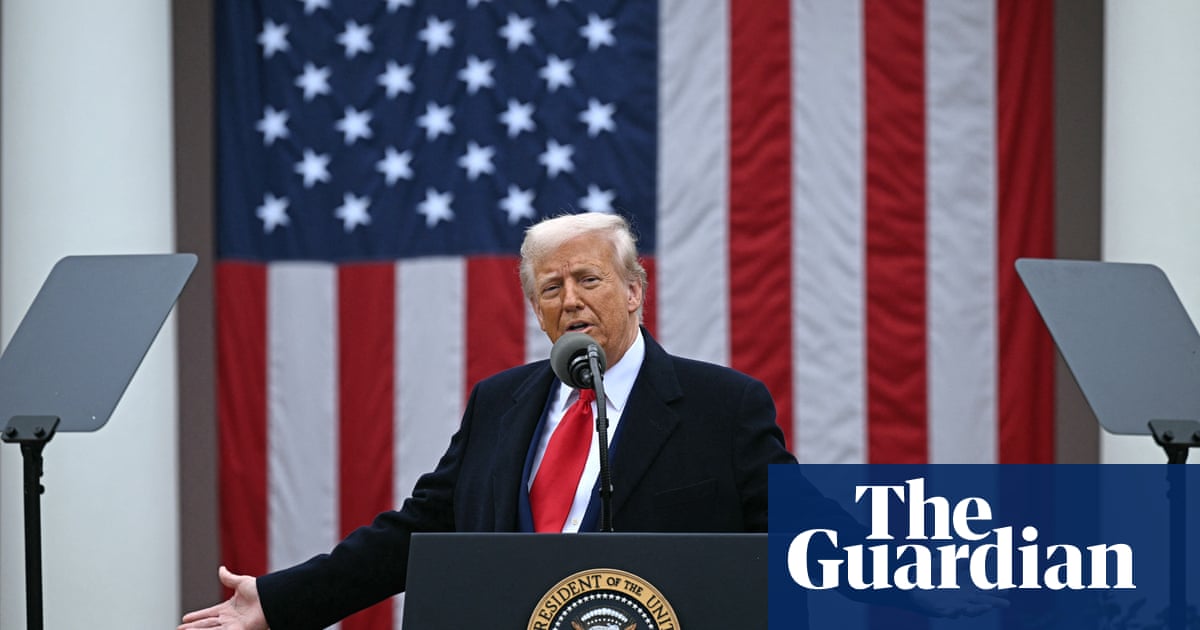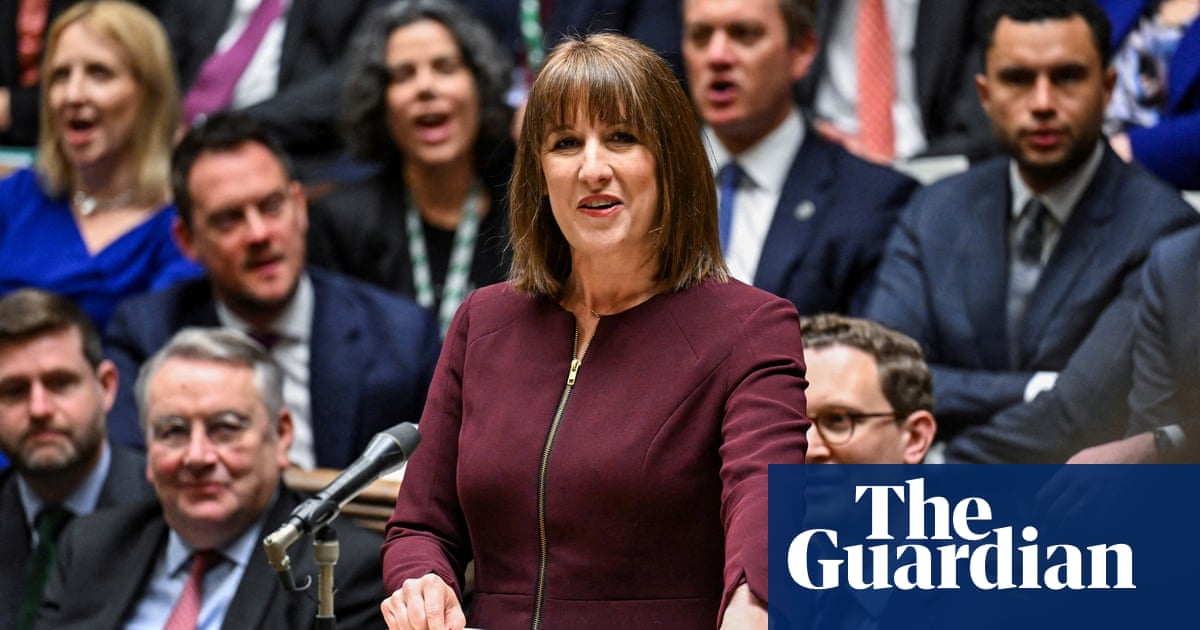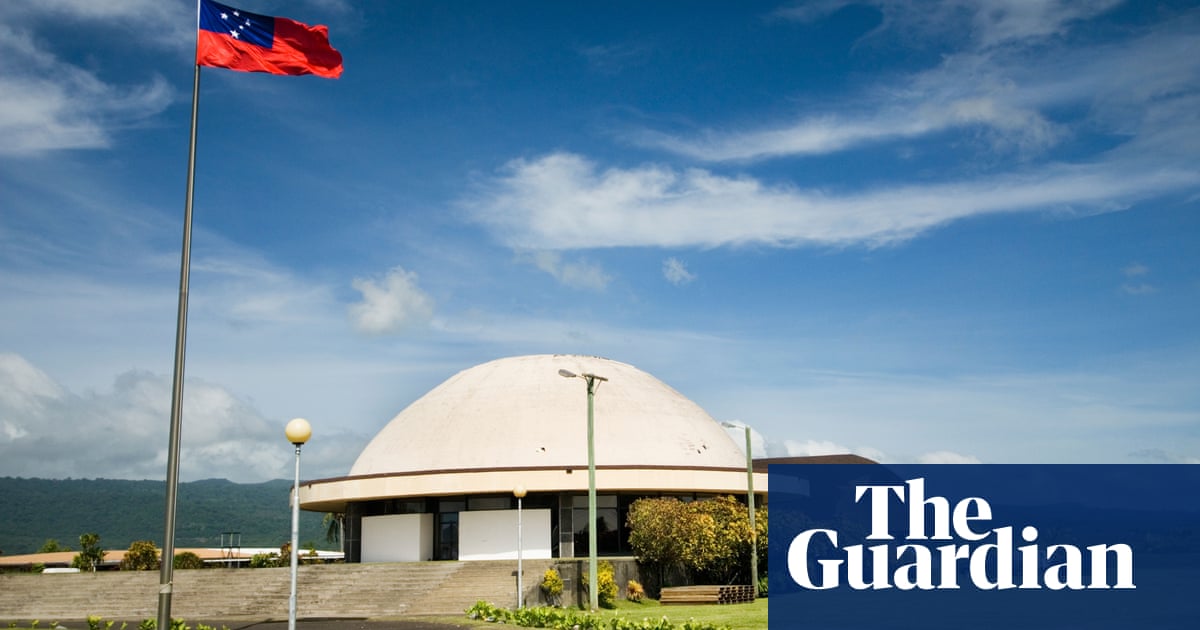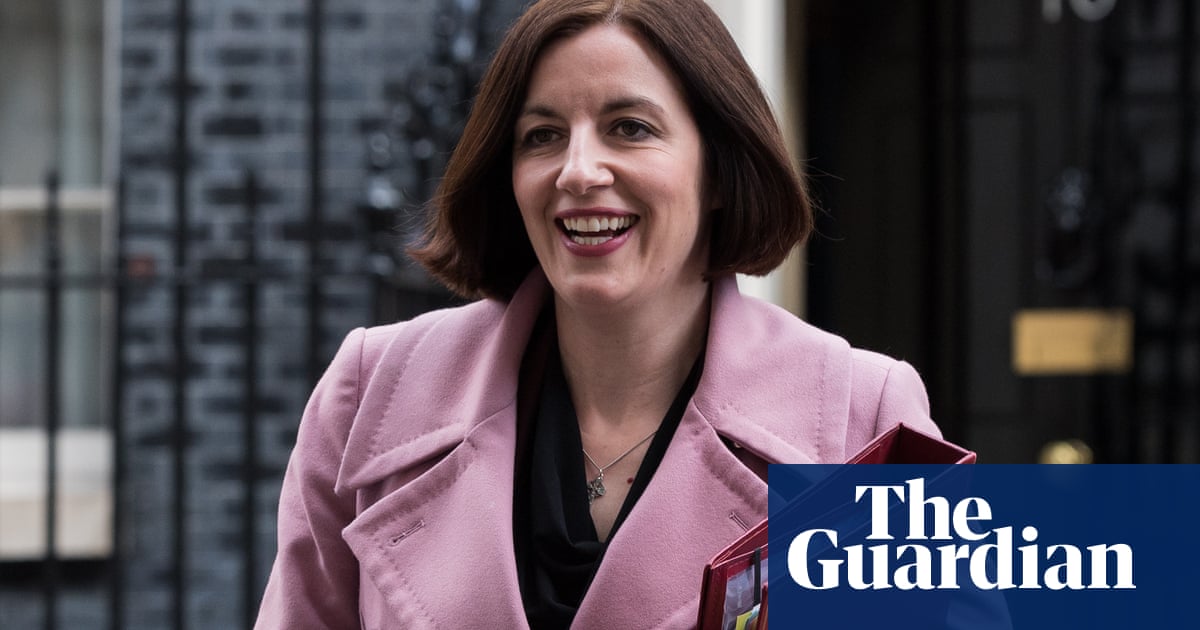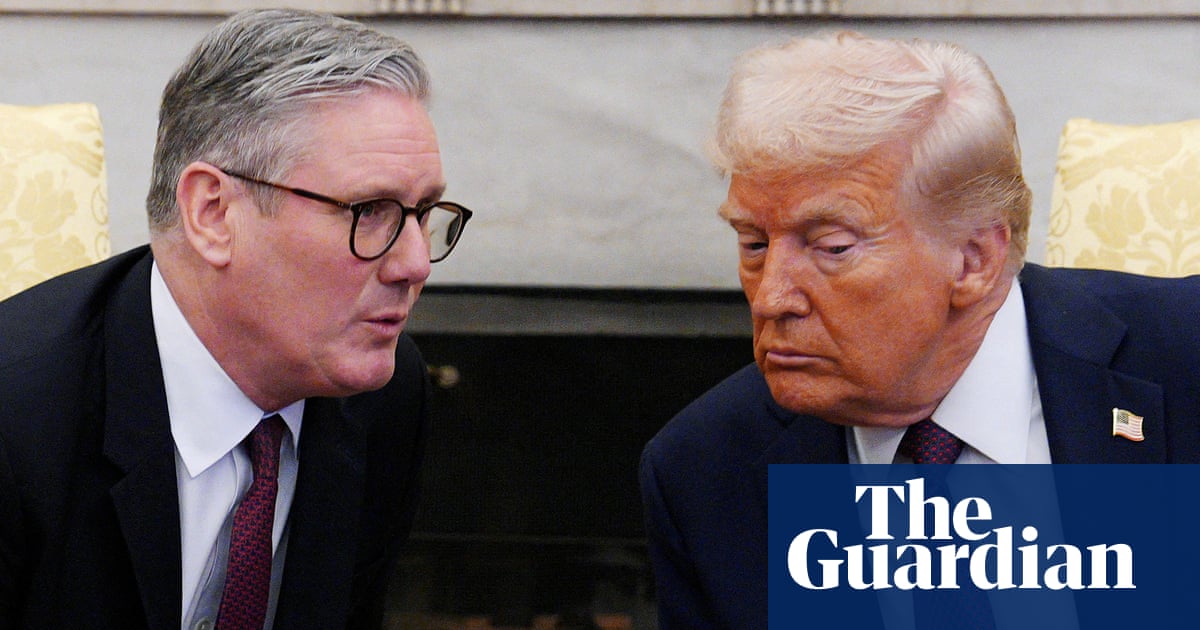The painful jump in household bills from Tuesday will push the UK’s poorest households further into poverty. The increase will also provide a further jolt to Labour ministers still reeling from a spring statement that prompted finger-jabbing accusations that their policies are Tory-lite.
The “squeezed middle”, put in the spotlight by energy secretary Ed Miliband when he was Labour leader, will also find that a recovery from the post-pandemic inflation shock has juddered to a halt.
The increase has largely been driven by higher council tax and utility costs. A rise in council tax will push the average bill up 4.99% in 2025-26 to within touching distance of £2,300 a year.
Water bills will rise by an average £123 a year, or more than 20%, while the average increase in gas and electricity bills will be £111.
Inflation, which dipped to 2.8% in February, is expected by the Bank of England to rebound to 3.7% in the late summer.
The harm from three years of high inflation is still resonating across the economy – and the last thing low- and middle-income households need is another reason to economise.
Shopping surveys show there is a reluctance to buy big-ticket items such as sofas and new kitchens, while the blowback from Donald Trump’s on-off trade tariffs threatens to push prices even higher.
That hesitancy is likely to last many more months when a glance at monthly direct debits shows essential bills rising sharply.
The squeeze on the government’s finances, evident in the recent spring statement by Rachel Reeves, is another reason consumers are anxious.
The chancellor unveiled £14bn of savings to keep her budget rules intact, and while she downplayed the effect on benefit claimants and public services, there was a clear message that all is not well in the public finances.
Reeves blamed global uncertainty for much her budget woes. She said anxious financial markets were behind a rise in interest rates that increased the UK’s debt financing bills.
Increases in utility bills, council tax and water play a big part in the rise, but food is continuing to be a factor in rising prices when usually – and usually means pre-pandemic – they are falling. To every farmer’s disappointment, food has tended to act as a counterweight to elements of the inflation basket that tend to always tick upwards.
Higher inflation than previously expected will keep interest rates elevated for a longer period. A year ago financial markets expected four cuts in interest rates during 2025. There has been one so far from 4.75% to 4.5%. Only one more is on the horizon.
City analysts say persistent global uncertainty and the UK’s inflation “stickiness” – which contrasts with most of the EU where inflation has fallen further – could prevent Reeves enjoying any respite from high interest bills. Extra costs this year from debt financing this year could force the Treasury to raise taxes in the autumn.
after newsletter promotion
Housebuyers will share the pain. Fixed mortgages have fallen over the past two years, but more recently have stalled.
Much of the economy is driven by consumers buying household items for their newly purchased flat or house. With high interest rates keeping a lid on property sales, the UK could be in a long period of stagnant growth and inflation, or stagflation.
Miliband has promised that a shift from fossil fuel generated energy to renewables will cut bills, but he is working to a much longer timescale than the average consumer.
The cost of producing electricity might be lower within a decade. Yet, how that translates into lower bills and consumers benefit remains a question without an answer.
There is a goldilocks forecast where the UK economy’s trajectory in the next six months begins to pick up and the government can pay its bills without recourse to further cuts or tax rises.
Much rests on the business secretary, Jonathan Reynolds, who is working round the clock to seal a trade deal with the US to avoid costly tariffs on UK exports. The prize is significant for an open, trading nation such as the UK.
What must be avoided is a re-run of the pandemic, when supply chain costs spiralled and multinational firms increased import prices. Otherwise, low- and middle-income households will struggle with an even bigger bout of inflation than the one already coming down the track.

 2 days ago
11
2 days ago
11


